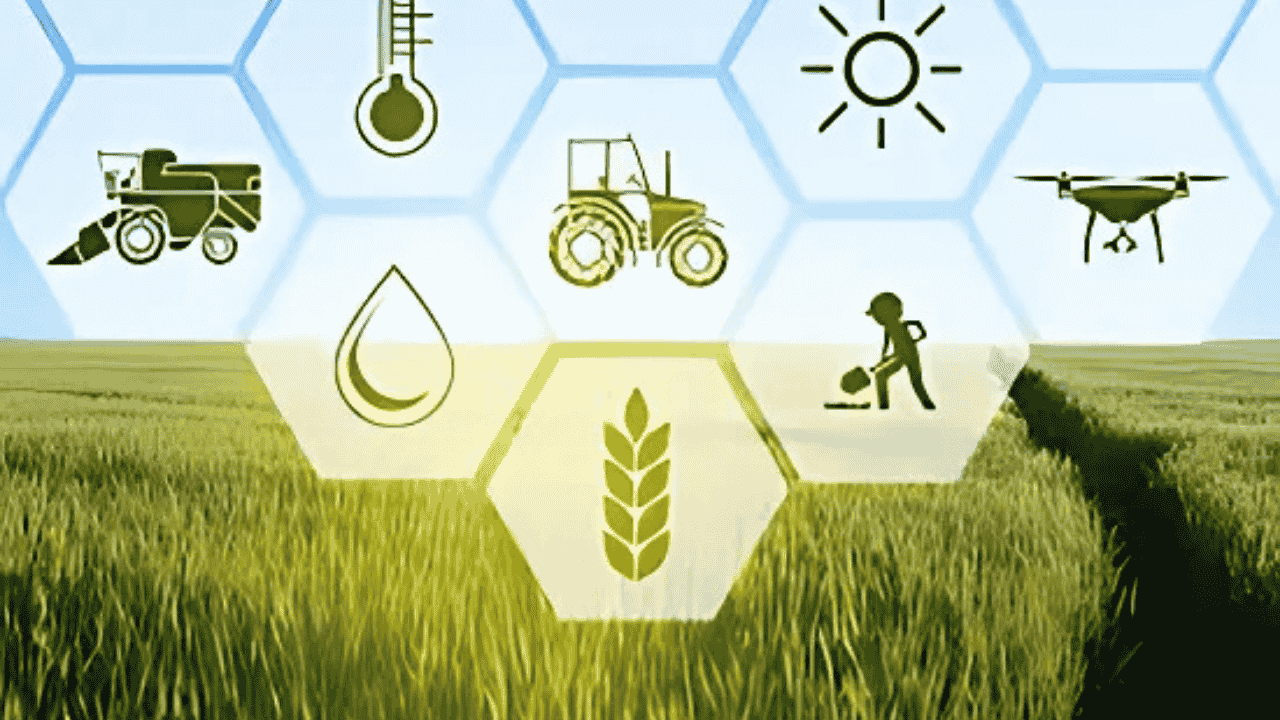By Abdul Ghani
ISLAMABAD— Pakistan’s agriculture sector, a key part of the economy, is facing serious challenges from floods but is showing strong resilience.
Farmers are increasing their use of credit, fertilizer, and machinery to keep production moving, according to the Finance Division’s Monthly Economic Update & Outlook – September 2025.
The report shows that floods since July 2025 have damaged crops and livestock across many regions. Still, agricultural credit grew 19.5 percent in the first two months of FY2026 (July–August), reaching Rs.404.2 billion, up from Rs.338.2 billion during the same period last year.
The government has declared a nationwide climate emergency to address the growing impact of these floods.
Farmers are also turning to mechanization. Imports of agricultural machinery and tools rose 66.7 percent, reaching $29.4 million in July–August FY2026, compared to $17.6 million last year. Analysts say this shows farmers are trying to cope with labor shortages and adopt practices that can withstand harsh climate conditions.
Fertilizer use remains strong, despite crop losses. During Kharif 2025 (April–August), urea consumption rose 12.4 percent to 2,676 thousand tonnes, while DAP (Di-Ammonium Phosphate) use grew 8.7 percent to 552 thousand tonnes. This increase highlights the ongoing demand for nutrients to restore soil health and support replanting even in flood-affected areas.
The report also notes that the government is assessing damage to crops and livestock.
Early signs suggest significant losses, but the rising use of credit, fertilizer, and machinery shows farmers are determined to keep working.
“The growth in agricultural credit and input use reflects the resilience of Pakistan’s farmers,” the report says, emphasizing that government support and recovery programs will be crucial to prevent a long-term drop in agricultural output.
Agriculture employs the largest number of people in Pakistan and contributes around one-fifth of the country’s GDP.
Ensuring access to financing, timely inputs, and rebuilding flood-hit areas is vital not only for rural livelihoods but also for food security and stable prices across the country.
The Finance Division concludes that while floods have caused widespread disruption, the sector’s strong response—through higher credit, machinery imports, and fertilizer demand—offers hope for recovery and lays a foundation for rebuilding in the coming months.
Author Profile






